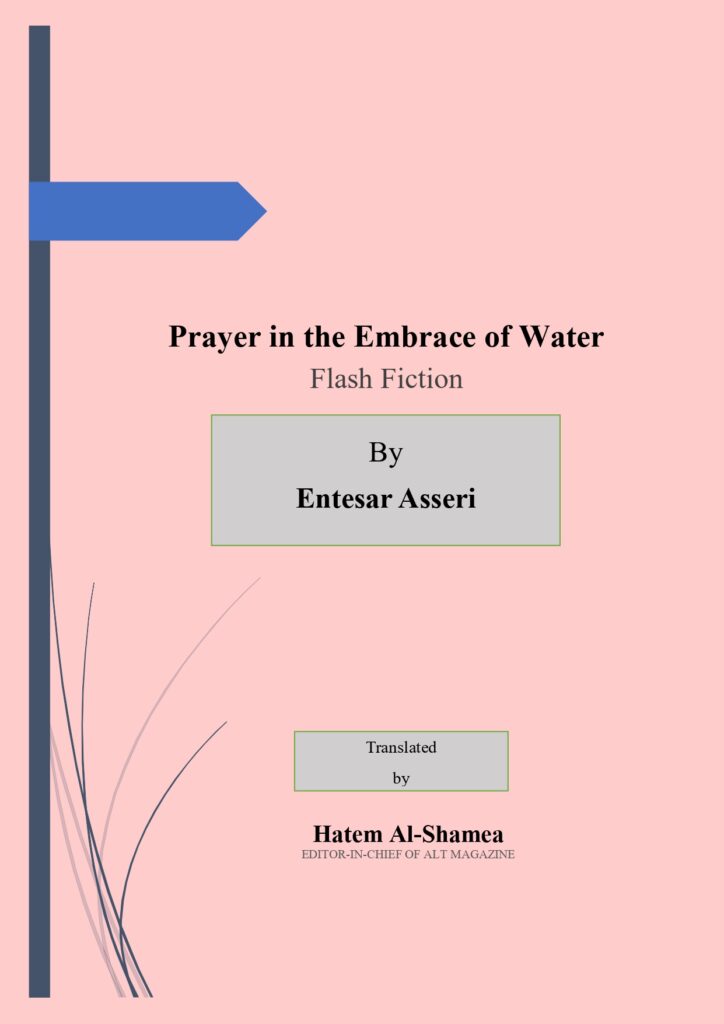Rereading the Egyptian Film “Escape to the Top”
By
Hatem Al-Shamea
“Escape to the Top” (الهروب إلى القمة), was released in 1996, directed by Adel al-Aasar and written by Muhammad Safa’ Al-Amir and starring the renowned Egyptian actor Nour El Sharif, offers a bold and incisive critique of corruption and socio-economic despair in Egypt. Although the film has reportedly been banned, it has left an indelible mark on Egyptian cinema due to its daring portrayal of political malfeasance and its impact on the individual.
Plot and Themes
The narrative centers around a former electronics technician, played by Nour El Sharif, who is thrust into a life of crime due to chronic unemployment. This plight is exacerbated when he is blackmailed by a corrupt political party into participating in their illicit activities. This plot device is a powerful commentary on how economic hardship can lead individuals into compromising positions, underlining the desperation that arises from unemployment and financial instability.
The film’s exploration of agricultural practices further extends its critique to systemic issues, suggesting that corruption and economic mismanagement are deeply entrenched and affect various facets of life. This is evident in the scenes where the protagonist is involved in the manipulation of agricultural goods, highlighting the far-reaching consequences of political corruption on everyday life.
Political Commentary
The political party depicted in the film employs manipulative tactics to silence dissent and exploit the vulnerable, mirroring real-life scenarios that have plagued Egypt for decades. This likely contributed to the film’s controversy and subsequent ban, as it shines a spotlight on the unsavory practices of those in power. By illustrating the protagonist’s coerced involvement in these schemes, the film underscores the human cost of political and economic exploitation.
Acting and Character Development
Nour El Sharif delivers a compelling performance as the protagonist, capturing the nuances of a man caught in a web of corruption and despair. His portrayal brings depth to the character, eliciting sympathy and highlighting the tragic dimensions of his predicament. Elham Shahien and Aida Riyad also deliver notable performances, adding layers to the narrative with their complex portrayals of characters entwined in the corrupt system.
The character arc of the protagonist is particularly striking. Initially depicted as an ordinary man trying to make ends meet, he gradually transforms into a reluctant participant in criminal activities. This evolution is depicted with a mix of empathy and critique, allowing the audience to understand his motivations while also condemning the systemic issues that push individuals toward such paths.
Cinematography and Direction
Adel al-Aasar’s directorial choices enhance the film’s thematic concerns. The cinematography employs a stark, realistic style that underscores the grim realities of the protagonist’s life. Urban landscapes and dilapidated settings serve as visual metaphors for the decay and corruption that permeate the society depicted in the film.
The use of close-ups effectively captures the emotional turmoil of the characters, particularly in scenes where the protagonist faces moral dilemmas. The editing is seamless, ensuring a steady narrative flow while maintaining the tension and suspense essential to the storyline.
Social Commentary and Impact
“Escape to the Top” functions as a socio-political critique, addressing the broader issues of economic disparity and social injustice in Egypt. By focusing on the individual’s struggle against a corrupt system, the film amplifies its message, making it relatable to a wide audience.
The film’s portrayal of economic hardship is particularly poignant, reflecting the struggles of many Egyptians during the period. The protagonist’s descent into crime is not portrayed as a moral failing but rather as a consequence of systemic failures. This nuanced approach allows for a deeper understanding of the socio-economic factors at play.
Technical Aspects
The technical aspects of the film, including sound design and music, contribute significantly to its overall impact. The soundtrack, composed by Amer Sleem, complements the film’s tone, enhancing the emotional weight of key scenes. The sound design effectively uses silence and ambient noise to create a sense of realism and immersion.
The film’s editing, handled by Enayat Assays, ensures a coherent narrative structure that maintains the audience’s engagement throughout. The pacing is well-managed, with a balance between intense sequences and moments of introspection.
Critical Reception and Legacy
Despite its ban, “Escape to the Top” has garnered critical acclaim for its fearless portrayal of corruption and its impact on individuals. It is seen as a significant work within Egyptian cinema, contributing to the discourse on socio-political issues in the country. The film’s legacy lies in its ability to resonate with audiences by addressing universal themes of injustice and human resilience.
The critical reception of the film highlights its importance as a piece of social commentary. Critics have praised its bold narrative and strong performances, noting its relevance in the context of Egypt’s political landscape. The film’s ban has also sparked discussions on censorship and the role of cinema in challenging the status quo.
Conclusion
“Escape to the Top” stands out as a daring and poignant film that sheds light on the pervasive issue of corruption in Egypt. Through its compelling narrative, strong performances, and technical finesse, it offers a powerful indictment of the socio-economic and political conditions that drive individuals to desperation. The film’s exploration of these themes positions it as a significant work in the canon of Egyptian cinema, one that continues to evoke discussion and reflection on the systemic issues it portrays.
The night, a café of memories – Asma’a Al-Shaibani – trans. Hatem Al-Shamea



